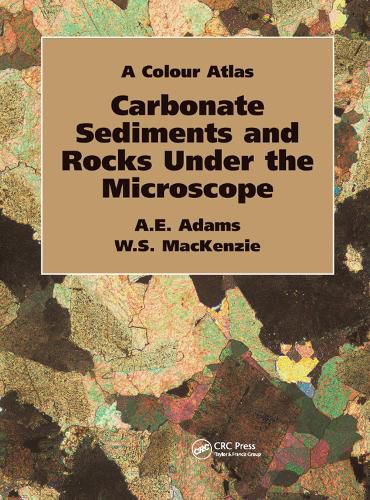Readings Newsletter
Become a Readings Member to make your shopping experience even easier.
Sign in or sign up for free!
You’re not far away from qualifying for FREE standard shipping within Australia
You’ve qualified for FREE standard shipping within Australia
The cart is loading…






More than half of the world’s petroleum is to be found in carbonate rocks, for example in the Middle East, the former USSR and in North America. These rocks show a bewildering diversity of grains and textures, due in part to the wealth of different fossil organisms which have contributed to carbonate sedimentation, and in part to a wide variety of diagenetic processes which can radically modify textures and obscure the depositional fabric.Careful petrographic study with a polarising microscope is a key element of any study of carbonate sediments, as a companion to field or core logging, and as a necessary precursor to geochemical analysis. This atlas, which illustrates in full colour a range of features not attempted in any general textbook, is designed as a laboratory manual to keep beside the microscope, as an aid to identifying grain types and textures in carbonates. It appeals alike to undergraduate and graduate students and to professionals in teaching institutions, research laboratories and industry.
$9.00 standard shipping within Australia
FREE standard shipping within Australia for orders over $100.00
Express & International shipping calculated at checkout
More than half of the world’s petroleum is to be found in carbonate rocks, for example in the Middle East, the former USSR and in North America. These rocks show a bewildering diversity of grains and textures, due in part to the wealth of different fossil organisms which have contributed to carbonate sedimentation, and in part to a wide variety of diagenetic processes which can radically modify textures and obscure the depositional fabric.Careful petrographic study with a polarising microscope is a key element of any study of carbonate sediments, as a companion to field or core logging, and as a necessary precursor to geochemical analysis. This atlas, which illustrates in full colour a range of features not attempted in any general textbook, is designed as a laboratory manual to keep beside the microscope, as an aid to identifying grain types and textures in carbonates. It appeals alike to undergraduate and graduate students and to professionals in teaching institutions, research laboratories and industry.